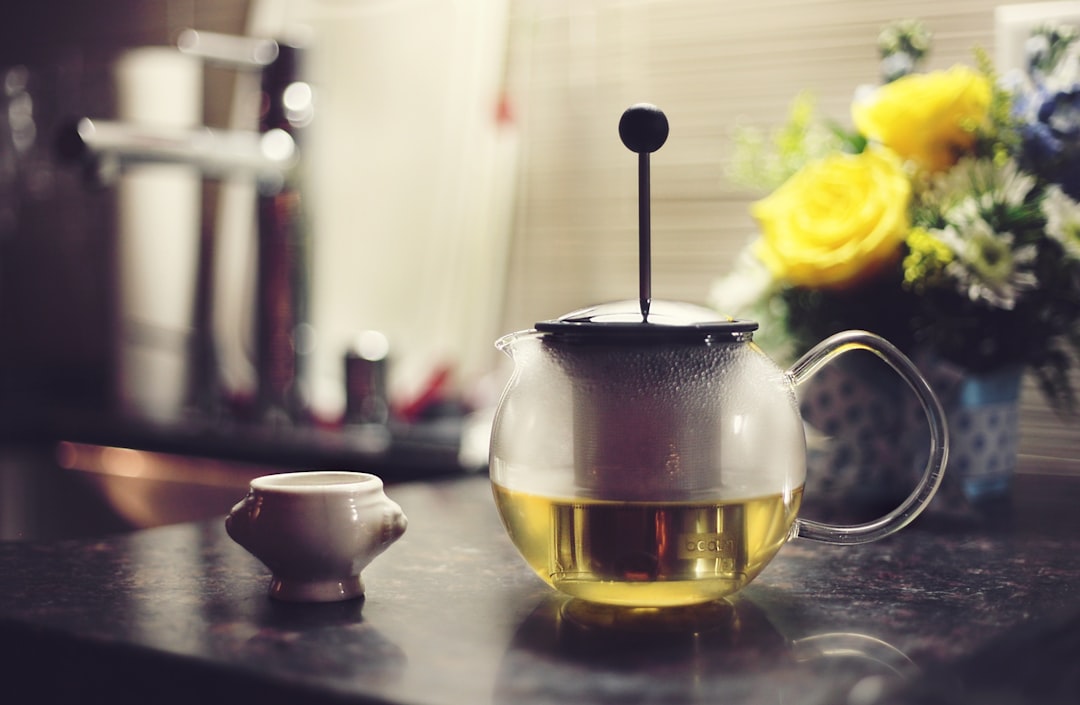Learning how to make traditional matcha tea recipe changed my entire morning routine last year. I’d been drinking regular green tea for years, but after trying authentic matcha at a Japanese tea ceremony, I knew I had to master this ancient art at home. The creamy texture, vibrant color, and that perfect balance of bitter and sweet – it was nothing like the powdery disappointment I’d experienced from cheap matcha before.
Here’s the thing about matcha: it’s not just ground green tea leaves. Real matcha comes from shade-grown tea plants, stone-ground into the finest powder imaginable. When you drink matcha, you’re consuming the entire leaf, which means you get all those antioxidants and that sustained energy boost without the jitters.
Understanding Traditional Matcha Tea Recipe Basics
Before diving into how to make traditional matcha tea recipe, you need the right tools. Don’t worry – you don’t need to spend hundreds on a ceremonial tea set. A bamboo whisk (chasen), a tea bowl (chawan), and a bamboo scoop (chashaku) will do perfectly. I started with a basic set from Amazon for about $25.
Essential Equipment for Perfect Matcha
- Bamboo whisk (chasen) – Creates that signature frothy texture
- Tea bowl (chawan) – Wide enough for proper whisking motion
- Bamboo scoop (chashaku) – Measures the perfect amount
- Fine-mesh sieve – Eliminates clumps before whisking
Step-by-Step How to Make Traditional Matcha Tea Recipe
Now for the actual how to make traditional matcha tea recipe process. Start by warming your tea bowl with hot water, then empty it. This prevents temperature shock when you add the matcha.
Sift 1-2 teaspoons of matcha powder through your fine-mesh sieve into the bowl. This step eliminates those stubborn clumps that’ll ruin your tea’s texture. Trust me, I learned this the hard way after several lumpy disasters.
Heat your water to exactly 175°F (80°C) – not boiling! Boiling water will make your matcha bitter and destroy those delicate flavors you’re after. Add about 2 ounces of water to start.

The Perfect Whisking Technique
Here’s where the magic happens in any traditional matcha tea recipe. Hold your bamboo whisk like a pencil and whisk in a rapid “M” or “W” motion. Don’t stir in circles – that won’t create the foam you want. Keep whisking for about 15-20 seconds until you see that beautiful layer of foam on top.
The foam should be thick enough that it doesn’t immediately disappear when you stop whisking. If it’s not foamy enough, whisk more vigorously. Your arm might get tired, but it’s worth it for that perfect cup.
Mastering the Traditional Matcha Tea Recipe Variations
Once you’ve nailed the basic how to make traditional matcha tea recipe technique, you can explore variations. Usucha (thin tea) uses less powder and more water for a lighter taste. Koicha (thick tea) doubles the matcha powder for an intense, almost syrupy consistency.
For usucha, use 1 teaspoon of matcha with 2-3 ounces of water. For koicha, use 2 teaspoons with just 1 ounce of water. Koicha requires a different whisking technique – slower, more deliberate movements that blend rather than create foam.
Common Mistakes to Avoid
Don’t make the same errors I did when learning how to make traditional matcha tea recipe. Using water that’s too hot will make your tea bitter. Not sifting the powder leads to clumps. And rushing the whisking process results in weak, sad-looking tea instead of that vibrant green masterpiece you’re aiming for.
Store your matcha properly too. Keep it sealed in the fridge and use it within a few months of opening. Matcha loses its vibrant color and flavor quickly once exposed to air and light.
The beauty of mastering this traditional matcha tea recipe lies in the ritual itself. Take your time, focus on each step, and enjoy the meditative process. Soon you’ll be creating cafe-quality matcha at home, and your morning routine will never be the same.
What temperature should water be for traditional matcha tea?
Water should be heated to exactly 175u00b0F (80u00b0C) for traditional matcha tea. Boiling water will make the matcha bitter and destroy the delicate flavors. Use a thermometer for best results.
How much matcha powder should I use for one serving?
For usucha (thin tea), use 1 teaspoon of matcha powder with 2-3 ounces of water. For koicha (thick tea), use 2 teaspoons of matcha with just 1 ounce of water for a more intense flavor.
Why is my matcha tea lumpy and how can I prevent it?
Lumpy matcha is caused by not sifting the powder before whisking. Always sift 1-2 teaspoons of matcha through a fine-mesh sieve into your bowl before adding water to eliminate clumps and ensure smooth texture.
✓ Expert Reviewed: This content has been reviewed by qualified professionals in the field.
Last Updated: August 17, 2025
Disclaimer: Content is for informational purposes only. Professional advice should be sought for specific situations.
Editorial Standards: The Tea Research Team at matchatealeaf.com unites premium tea industry professionals with advanced AI research tools to create deeply informed, engaging content on matcha, green tea, and black tea. Drawing from years of firsthand experience and global industry insight, the team blends tradition with technology, ensuring every article is accurate, inspiring, and rooted in genuine expertise—making us a trusted source for tea lovers worldwide. All content follows strict editorial guidelines with fact-checking and expert review processes. Read more about Tea Research Team